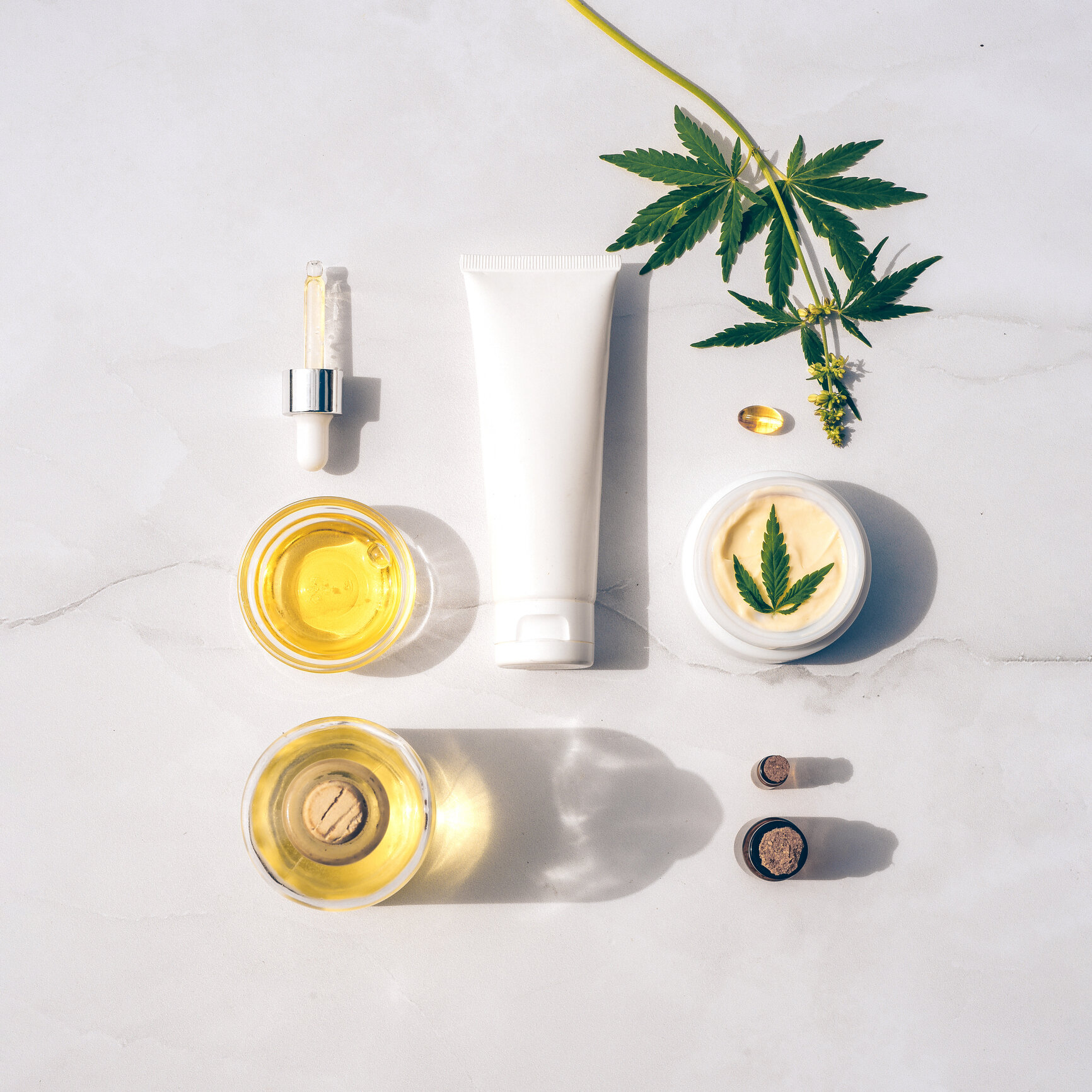
The Growing Market for CBD
Digital Marketing
Aug 26
Cannabidiol (CBD) in all its various forms is growing more commonplace with everyday internet users seeking relief from aches, pains, and mental strife. While marketing CBD products on social media platforms has long been a bit of a balancing act, recent developments in the substance’s legality and increasingly innovative delivery methods (spoilers: you can get CBD for your dog now) have allowed marketers to flex more of their digital prowess to expand the reach of CBD brands everywhere.
Here’s a look at CBD’s growing presence within the U.S., which products currently dominate the space, and why appealing to the needs of different age groups can take your CBD business to the next level.
Why CBD is More Than a Trend
The popularity of CBD products is on the rise, and it’s not hard to see why. The larger discussion around CBD has seen a noticeable shift in recent years, from once-taboo products banned from advertising on social platforms to a legalized aid for chronic pain and mental health difficulties like anxiety and depression.
The industry is experiencing a rapid expansion of new product types and delivery methods to coincide with its growing reputation as an alternative to prescription medicine. These factors, along with more favorable FDA regulations, have some market research reports projecting that the U.S. CBD market will grow from $950 million in 2017 to 3.05 billion during 2021-2025.
Of course, you can’t approach CBD’s massive growth potential without noting the generational driving force behind its increasing popularity. Millennials represent the most impactful demographic for health, wellness, and lifestyle brands — particularly for brands with any products under the umbrella of mental health solutions. The millennial age group (which is now roughly 22-38 years old) discusses, posts, shares, and otherwise engages with mental health topics online more than any other group. They are most likely to act as vocal advocates and proponents of new CBD products for relief from pain, anxiety, and depression (it bears noting, all marketing claims of CBD’s effects must still be backed up by the FDA).
Baby Boomers and Gen Xers offer plenty of opportunities for CBD advertisers too, but tend to be less informed about product details and require a greater explanation of CBD’s potential applications. Advertising to this demographic requires more background on the product’s sources, local legality, and viability as a chronic pain reliever.
What Products Are Seeing the Most Growth
Methods of delivery of CBD are numerous and are expected to grow more innovative in time as more research comes to light regarding CBD’s potential benefits. Here are the most common CBD products available now:
-
Oils: Oils aiming to reduce stress and anxiety are one of CBD’s primary sellers. A dose of oil is taken orally by putting it directly under the tongue, a capillary-rich area that aids the CBD in quickly reaching the bloodstream.
-
Pills and Capsules: Taken as any medicinal capsule would be, CBD pills are a convenient delivery system for people who may be uncomfortable or unfamiliar with oils, vapes, and other products.
-
Vapes, Dabs, and Wax Concentrates: Vapors and waxes can provide quick, concentrated doses of CBD — but inhaling vapors even for medicinal purposes isn’t for everyone.
-
Beverages: CBD beverages haven’t exploded in popularity just yet, but an entire industry built on the concept is already in motion. Beverages are an alternative to a pill or oil that stands to improve on the CBD product formula by adding attractive flavors to the mix.
-
Topical Creams: Lotions are often used for products emphasizing the pain-relief aspects of CBD such as joint pain, eczema, or psoriasis.
-
Edibles and Gummies: CBD gummies are perhaps the easiest-to-digest and least-intimidating option for those seeking an introduction to the world of CBD products. They generally boast potent doses and more savory flavors than oils that have to be held under the tongue.
Targeting Age Groups with Relatable Messaging
Age is a strong determining factor in general attitudes toward CBD. To use this to your fullest advantage, segment your desired audience by age group with distinct creative and messaging that appeals to their primary needs.
Start on platforms most likely to pique the interest of the millennial age group with multiple ads emphasizing mental wellbeing. Brands must avoid making any unsubstantiated medical claims but can still appeal to an audience interested in taking proactive steps to improve their overall health — both mentally and physically. This demographic responds well to low-funnel marketing efforts without as much initial need for informational content.
Boomers present a more traditional lead-gen path. Awareness campaigns should first appeal to what new users need to know about CBD, address common misconceptions, and expound on any currently available medical research. Next, retargeted ads can explain the potential pain-alleviating benefits of different products and reassure users of its viability as an alternative to prescriptions that often carry negative side effects.
Be sure to stay updated on the changing guidelines surrounding CBD products online — even as the space grows to accommodate CBD brands, some platforms maintain certain restrictions for what copy and visuals are allowed in ads.





